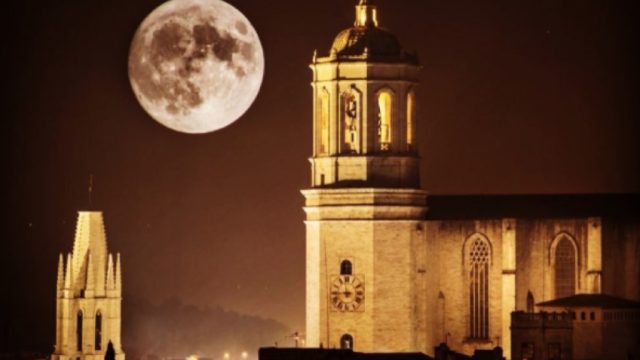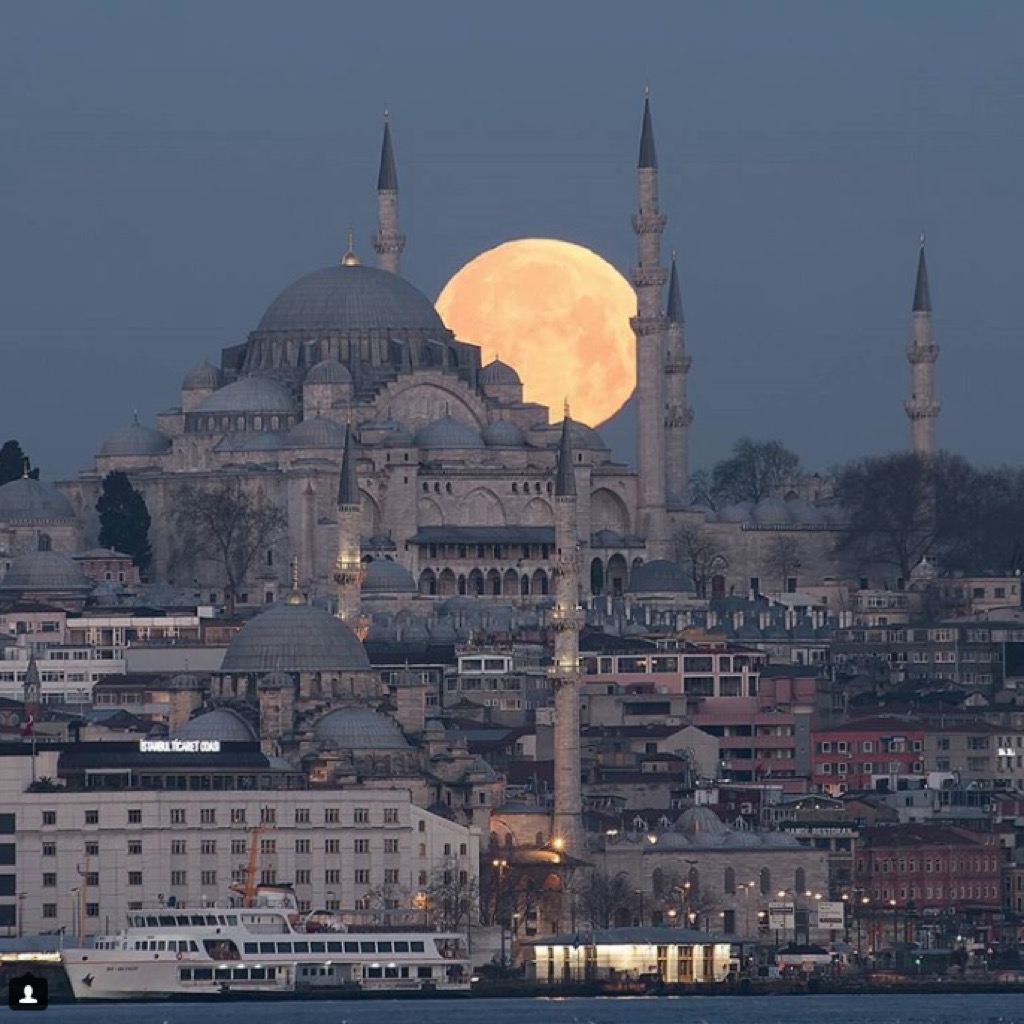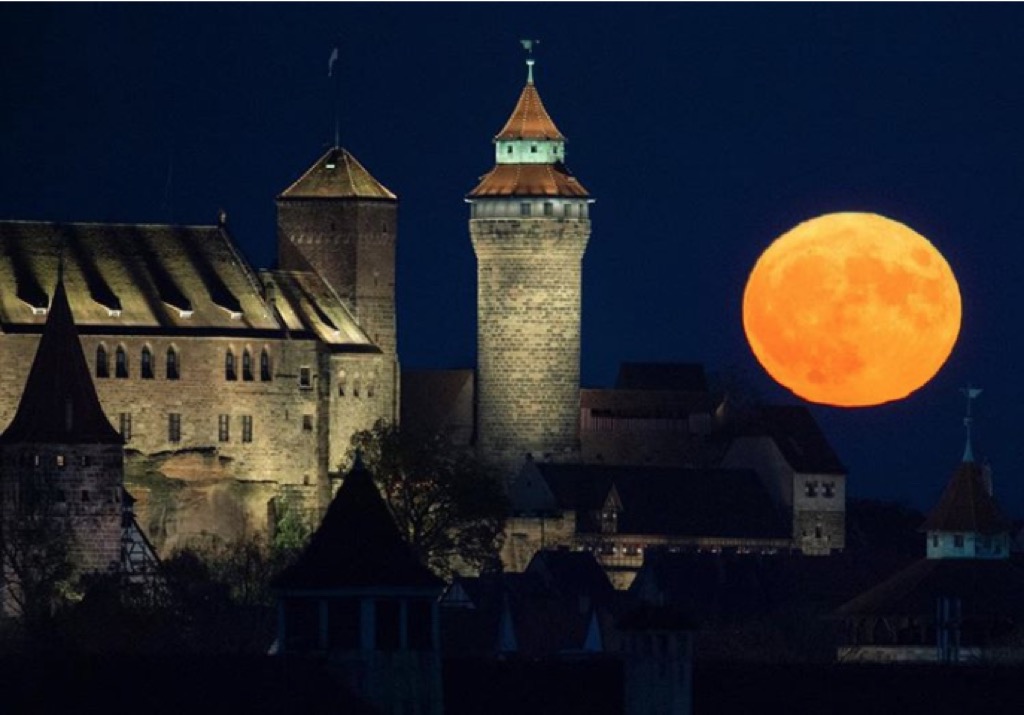The Best Ways to Watch This Weekend’s Supermoon

This weekend, something pretty exciting is going to take place up in that ever mysterious sky. A supermoon—a full moon which is 14% bigger and 30% brighter than normal—will rise.
While the full moon occurs every month, supermoons are fairly rare, and it looks like this is going to be the first and last one of 2017. Last year’s supermoon, which also occurred around now, was the biggest one we’ve seen since 1948. While its record won’t be beat until 2034, this year’s supermoon is also going to be plenty impressive, appearing 7% bigger and 16% brighter than the average full moon. Depending on where you are when it happens, it can make for some truly incredible photo ops, and make the moon feel so close it almost seems like you can touch. Here are some of the best ways to see it. And once you’ve seen it, we’ll have to add the supermoon to the 40 things we’re grateful for in 2017.
1
When to See It
The supermoon is happening on Sunday, December 3rd. The best time to see it will be just after sunset, when it will appear the biggest of all thanks to something called a “moon illusion,” a cognitive phenomenon that makes the moon seem closer to us when it’s on the horizon rather than high up in the sky. That being said, the point at which it will actually be closest to Earth is around 4am on Monday.

2
Where to See It
The great thing about supermoons is that, unlike northern lights or meteor showers, you can see it everywhere you are. For a brief few hours, everyone in the world is united by an awe for this one massive orb that seems to have sunk down to the ground for a night. If the weather isn’t cooperating, or if you’re stuck indoors, the Virtual Telescope Project will be doing a livestream of its rise in Rome at around 4 pm on Sunday, but nothing beats seeing it eye to eye.
3
What Is It
The moon is typically 238,000 miles away, but because of the nature of its drunken orbit around the Earth, it sometimes gets a little closer, and, very rarely, almost stumbles right into us. The supermoon occurs when the moon is at its perigee, which is the point in its orbit at which it is closest to Earth.

4
How to Capture It
One of the most frustrating things about the beauty of the supermoon is how miserably iPhones fail at capturing its majesty. If you have a digital, single-lens reflex camera, then it’s best to use focal lengths of 400mm, 500mm, and beyond in order to make the moon the main attraction. It’s also a good idea to photograph it next to some sort of landmark to highlight its overwhelming size; if you snap a pic of it all by itself it’ll most likely just look like a bright ceiling light. If all you’ve got is an iPhone, you can do some magic by tapping on the moon symbol on the screen and then adjusting the exposure slider to get the right light.
For more advice on living your best life, follow us on Facebook now!